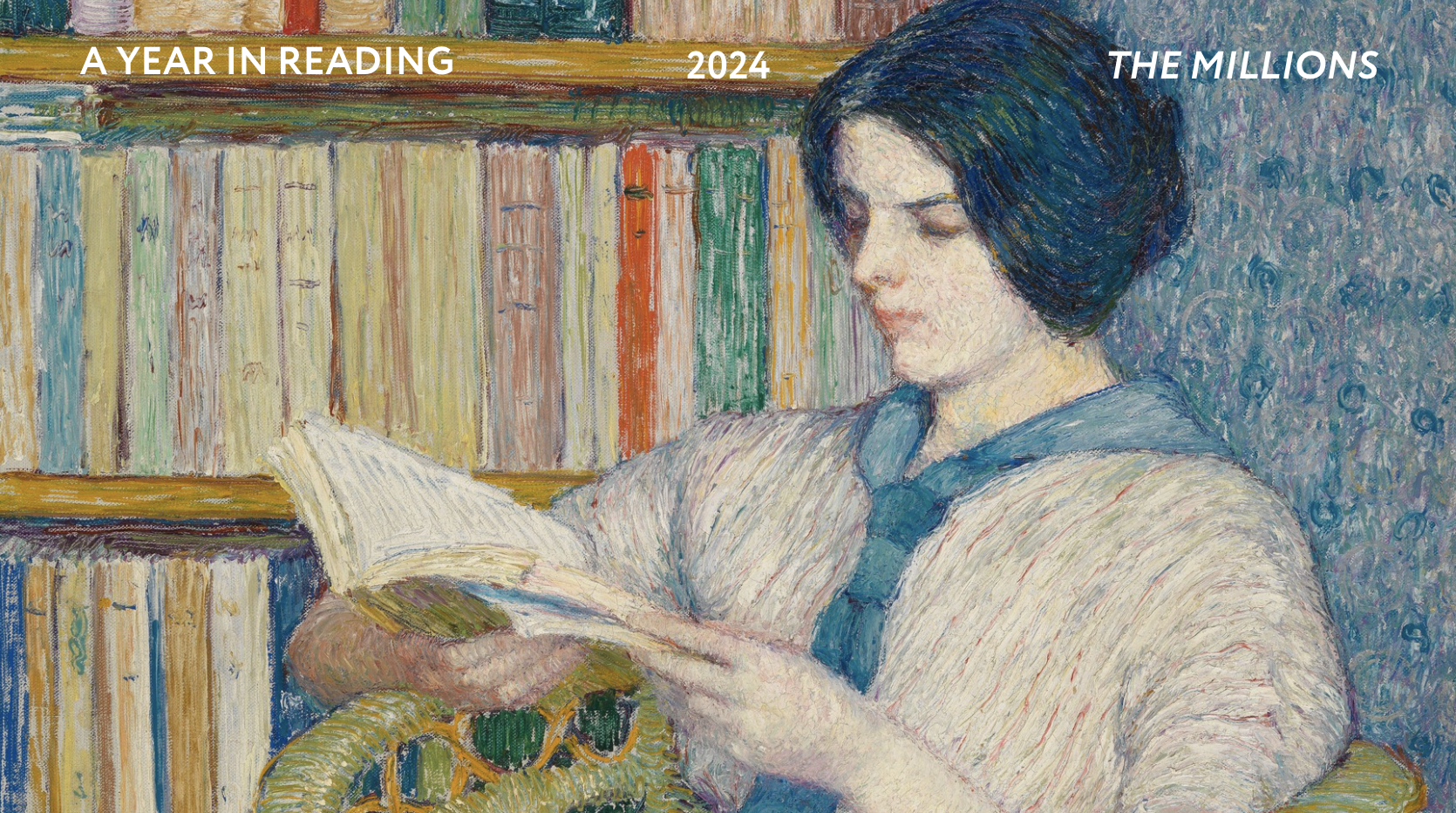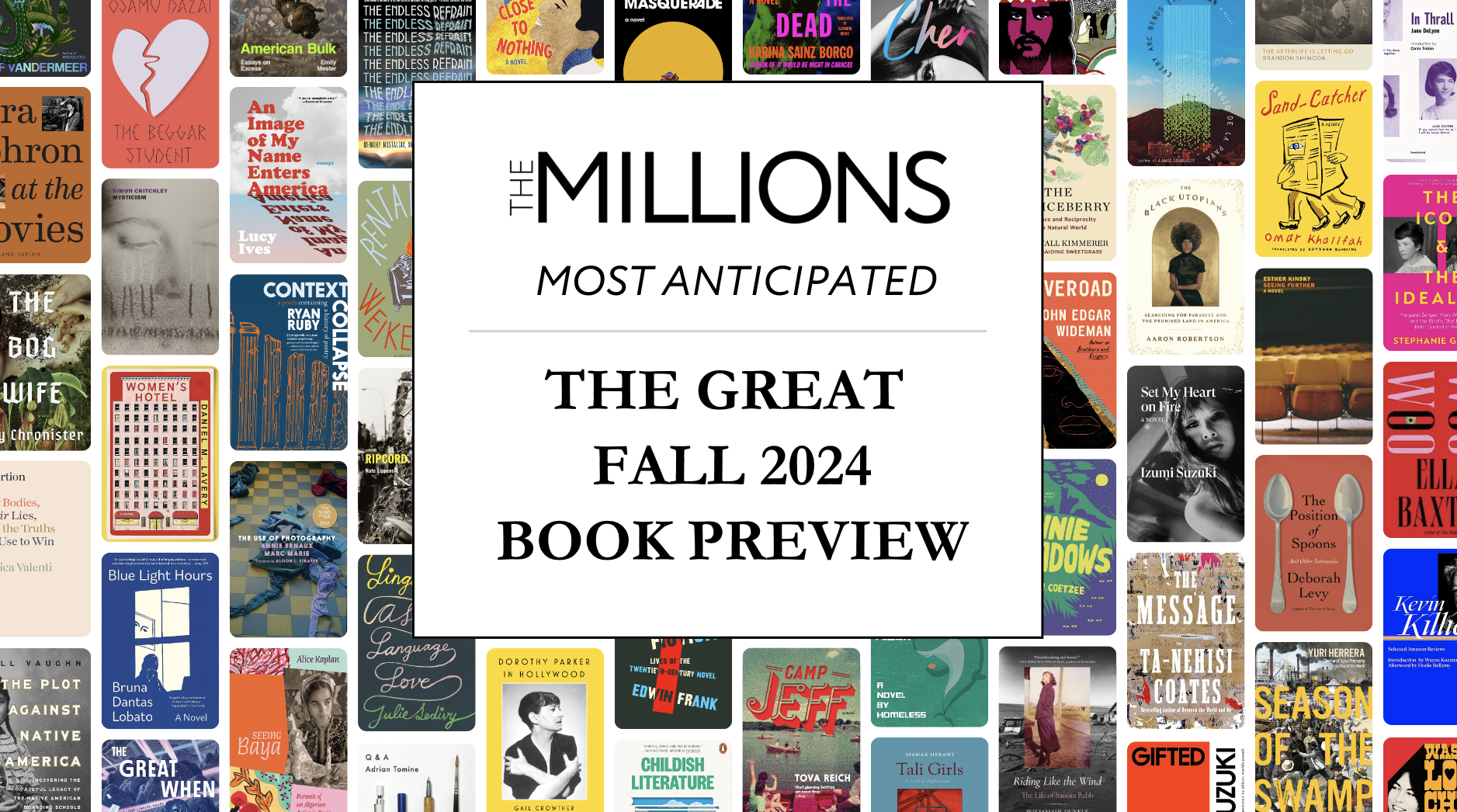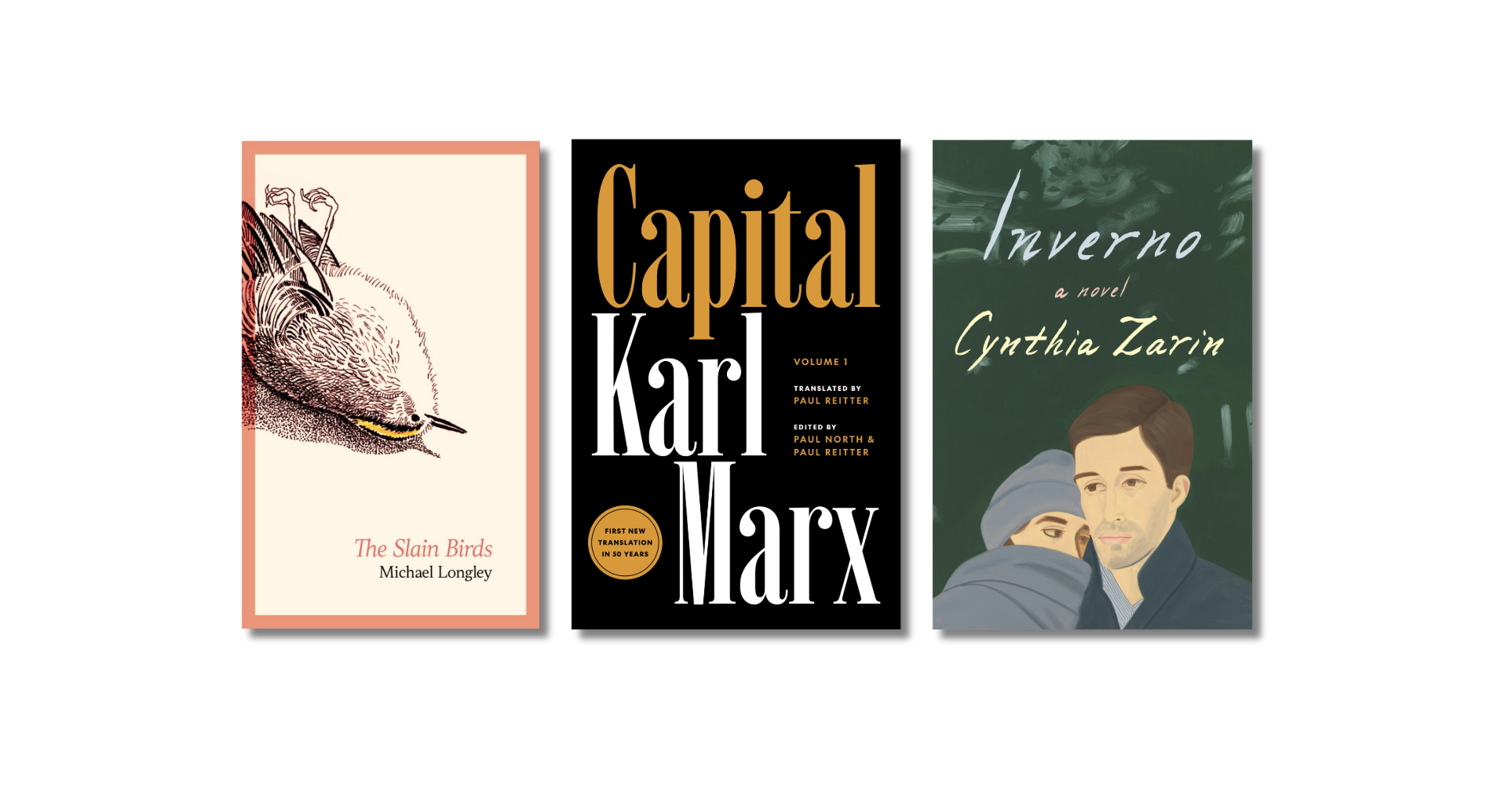Artist Dawne Michelle Watters has created a set of book jackets bearing fake titles. So now you can fool public transit eavesdroppers (like myself) into thinking you’re reading classics like How to Overcome Nymphomania, Laser Eye Surgery at Home and Fast Track to Prison – Exploring the Many Benefits of Life Behind Bars.









